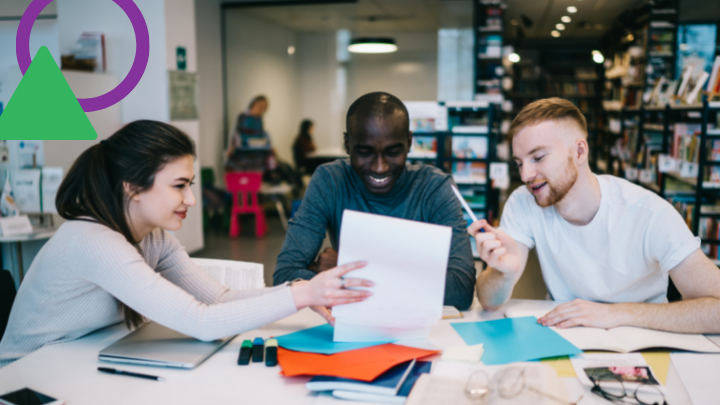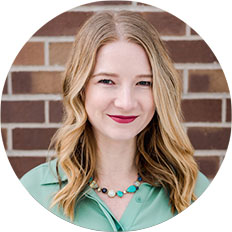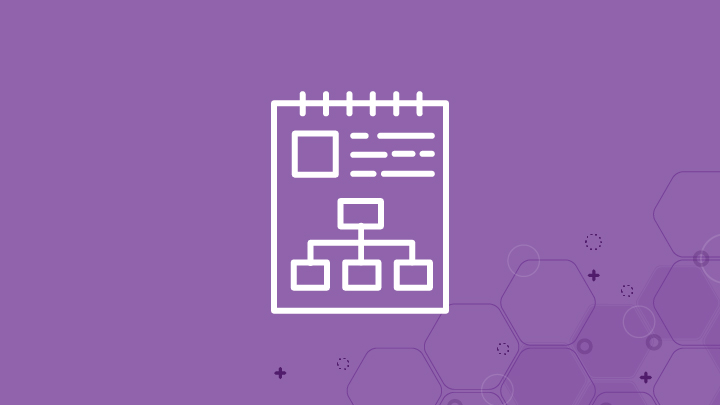When I coach teachers and leaders and we come to the phrase “self-assessment,” I often get some pushback. “Students won’t be able to self-assess authentically” or “it won’t be effective without data” or “I just don’t see the benefit.”
This is where building a culture of self-assessment becomes essential.
Self-assessment allows students to take ownership of their learning in a student-centered classroom.
Self-assessment is often used in competency-based learning where teachers act as facilitators and students work towards a personalized path as they develop and master skills. When students self-assess, they reflect on their own progression towards specific skills, which informs future learning and next steps; it puts students in the driver’s seat.
Helping students self-assess is an important way to make a shift to personalized learning. When we allow students to self-assess, we are allowing them critical time for reflection which can bring them one step closer to success.
But how do we build a culture where students self-assess meaningfully? Here are three key steps for bringing self-assessment to life.
Create your classroom culture based on a growth mindset
Develop classroom values
When creating a safe classroom culture, it’s critical to include students in the process. When I taught third and fourth grade, I liked to gather ideas from my students in the first week of school around their “ideal classroom” or their “vision” on sticky notes. Together, we would use a post-it protocol on chart paper to group the sticky notes by category in order to come up with values and norms for our classroom. Then we would hang these on the wall. If at any point we felt that we were struggling with any of these or something needed to be added to the list, we would have a conversation about it together as a class. Establishing shared classroom values in the beginning of the year will help your students feel a sense of belonging and trust, which is an important foundation for self-assessment.
Make your classroom a safe space
Another vital piece of the puzzle is creating a classroom culture where students feel comfortable taking risks and making mistakes. Teaching about the growth mindset will help your students begin to see the beauty of challenges and progress and feel comfortable honestly self-assessing. However, the growth mindset cannot be taught in just one lesson. This is a mindset shift; it should be a key part of your language when you reflect with your students. I liked to reflect on assessments with my students both as a class and individually using this growth mindset lens to help us identify our weaker areas.
But confronting our weaknesses, in our students and in ourselves, requires a level of social-emotional learning. To help students establish a growth mindset and feel comfortable making mistakes, try teaching them how to confront challenging emotions like the frustration and disappointment that can come with low achievement. Create space for processing tough emotions through mindfulness techniques, emotional thermometers, and self-awareness strategies. You can learn more about social emotional learning techniques in this blog post on building social-emotional learning into your classroom.
Set clear learning targets
Hone and evaluate your goals
When you are planning to use self-assessment, it’s important to understand the goals of your unit and use these goals to create clear learning targets for your students. In order to create learning targets, look at the standards and break them down into key skills in a bulleted format. These targets should be in student-friendly language so students can understand them.
Break down each goal’s language and purpose
It’s valuable to not just state these learning targets to your students but also allow them to see their overall purpose. Once you and your students break down learning targets, you can even ask your students how and why that learning target is important or relevant to them. For instance, when discussing the learning target, “I can determine the main idea of an informational text,” my students and I would break it down by circling or highlighting the phrases, “determine,” “main idea,” and “informational text.” My students would brainstorm what they know about these phrases and share definitions and examples. Then, I would ask, “Why is it important that we are able to find the main idea of a text?” Students would share that if they can’t explain the main idea, then they don’t really understand the text. We might even stretch it further and say that every time we read a piece of informational text, such as food labels, magazines, internet articles, the directions to a device or video game, etc., we must be able to understand what it is about in order to use it or explain it. I like to show my students that I am a learner too. I would say, “Oh, I hadn’t thought about that! Great thinking! See, you taught me something new today too!” The key is to allow this discussion to be student-centered. Let your students grapple with new ideas, think deeply, and process. The more they understand a target, the easier it will be for them to self-assess.
Design a routine with consistent and replicable self-assessment strategies
Create a routine
There are so many awesome self-assessment strategies, but using too many can get confusing for students and won’t allow them time to develop the habits of the self-assessment routine. Start by trying one self-assessment strategy and measure how it went. You might even ask your students to share their reflections. If you feel it wasn’t completely successful, you might need to tweak that strategy, such as putting supports in place to help them better understand it.
For instance, one self-assessment strategy my students and I loved is Marzano’s Self-Assessment Protocol which we called Fist-to-Five. When I first rolled this out to students, they didn’t quite get it. I realized I didn’t explain each level clearly enough with examples. I put up a poster in my classroom, which provided a visual and thinking questions, such as “Could I teach this to someone?” for the highest level. I also had my students hold their number to their chest to help remove some of the social pressure. Over time, students improved in their self-reflection with this practice.

I used Fist-to-Five in a few different ways.
- At the middle and the end of lessons. Students self-assessed more informally after explicit instruction or a discussion or more formally after completing an assignment. These options allowed them to use their work as a clear indicator of where they are.
- Combined with a learning target self-assessment. This meant that on certain assignments students could put their “fist-to-five” level next to the specific learning target. They used these reflections to identify their areas of growth and set goals.
- With weekly goal setting and reflection. By creating specific and measurable goals, students were able to create learning targets specific to them.
- With daily Marzano’s Self-Assessment Protocol. It really allowed students time to reflect and helped me see which areas we were struggling with. Something that only took us 1-3 minutes ended up driving our entire classroom forward.
Give students agency
After students self-assessed, they were able to choose and complete an activity tailored to that level from a choice board or receive more support from me individually or in a small group. Without a clear self-assessment routine in place, students might have just chosen whatever activity they wanted, but with the introduction of self-assessment protocols, they began to choose more wisely. During flexible time, I would meet with students in goal-setting conferences so they could discuss their strengths and areas of growth while other students worked on an area for growth. Each student also tracked their progress in binders and used their self-assessment reflections and goals to lead conferences with their parents. Once we created our routines around Fist-to-Five, flexible time, and goal-setting, students felt comfortable and safe because they knew what to expect and they knew that setting goals and constantly growing and reflecting was a large part of our classroom structure. Students were excited to see assessment results, track their progress, and share their growth with their families. We often celebrated our progress and they proudly shared their growth with our peers, school community, and families.
Shifting the self-assessment mindset
Self-assessment is not going to look the same in every classroom. You can even make your own self-assessment guiding questions specific to one subject area, such as reading level and reading strategies.
The transformation happens when students are able to take ownership of their learning. Gradually, students develop habits and skills that benefit them in both the classroom and in life. When teachers are willing to take the time to create a safe and welcoming classroom culture, try out new flexible structures with their students, and allow students to be a part of the learning process, the possibilities are endless.








